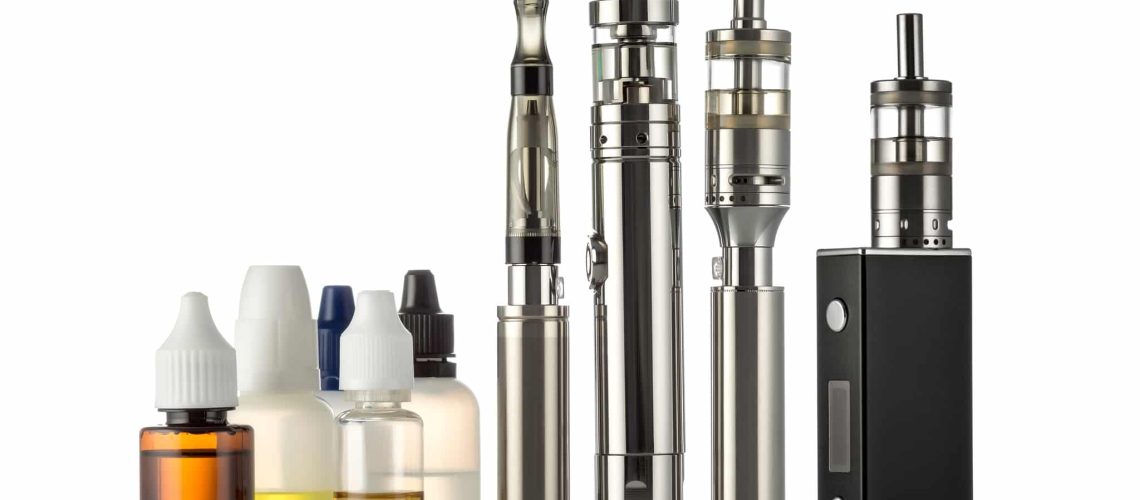If you’re in the market for katana, here are a few tips to getting the best quality and usability for your money.
A great many katana you see on the market today are merely decorative wallhangers and are not safe to swing around at all, not even a little. They are made of inferior materials and of inferior construction techniques.
Most wall-hanger yamato sword have a small, welded on tang that holds the blade onto the handle. This is a very weak point and even a light swing can generate sufficient force to snap a sword off at the weld causing the blade to fly off of the handle with potentially deadly force. Stainless steel is what most wall-hanger swords are made out of. Stainless is fine for blades under 12″ (knives and such) but is very brittle over that length and is a terrible metal for sword blades. It doesn’t take much force to shatter a brittle stainless blade. Artificial hamon. The wavy line on the blade of a sword. Artificial ones are usually wire brushed or acid etched and mean the sword is a cheap imitation. This shows inferior blade craftsmanship and poor tempering.
Combine the last 3 things and you can see why you will want to stay away from inexpensive wall-hanger swords.
Three primary things you SHOULD look for in a good katana are a full tang and a high carbon steel blade that is differentially tempered.
A full tang means the blade extends all the way to the bottom of the handle and is one solid piece, not welded. This will give you the strength you need to use the sword for cutting tameshigiri mats, bamboo, milk jugs or whatever you choose. High carbon steel will yield a much stronger blade than stainless and will take and hold a better edge without being brittle. Differential tempering is a type of hardening of the blade done with clay and a forge and is what yields that beautiful wavy pattern along the sharp edge of the blade.



